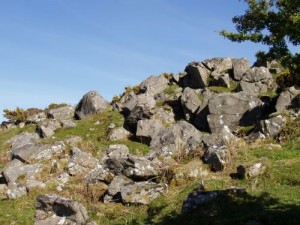Special guest editorial by Tim Holt-Wilson
The statutory conservation of geodiversity features is part of the remit of National Parks, National Nature Reserves (NNRs) and Sites of Special Scientific Interest (SSSIs) and (in Northern Ireland) Areas of Special Scientific Interest (ASSIs). About 20% of SSSIs and 40% of ASSIs are designated primarily for their geological interest; many others have important geo-features. Geological SSSIs in England and ASSIs in Northern Ireland were selected through the Geological Conservation Review and the Earth Science Conservation Review respectively.
The non-statutory conservation of geodiversity sites is principally carried out under Local Sites designation procedures[1], of which Regionally Important Geological / geomorphological Sites (RIGS) are the most widely designated category, although the network is not yet fully extended across the UK. Despite its name, RIGS is a local rather than a regional designation. Although Local Sites enjoy no legal protection local authorities give them a degree of protection from development through planning policies set out in the Local Development Framework (LDF) and Minerals & Waste Development Framework processes.
Areas with significant concentrations of geodiversity features may be designated as European Geoparks, of which there are seven in the UK. A Geopark is an area with an outstanding geological heritage and a strategy to promote that heritage for the benefit of the local community.
Footnotes
1 Local Sites.Guidance on their identification, selection and management (DEFRA, 2006)
